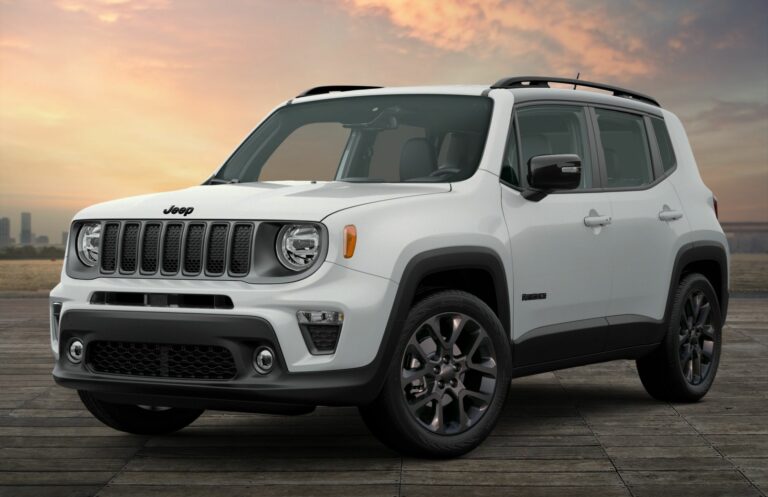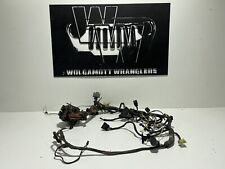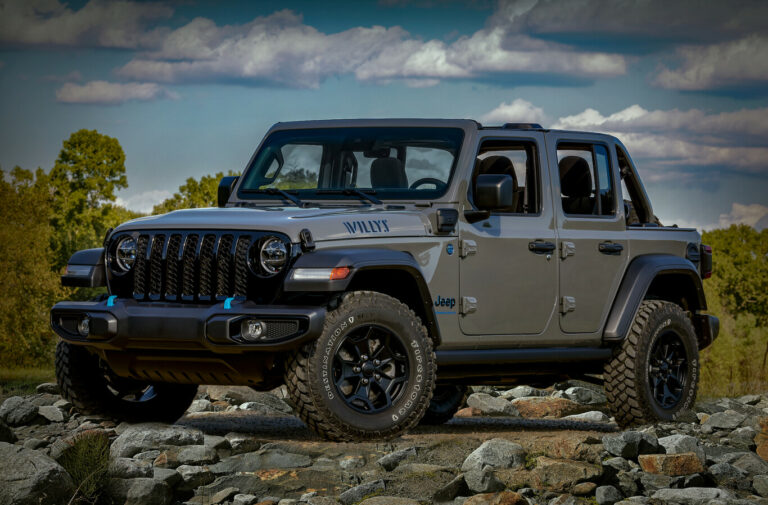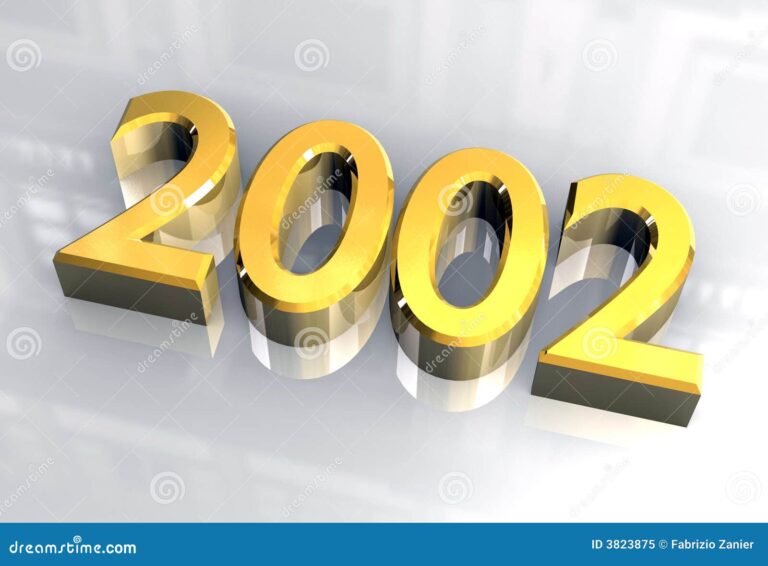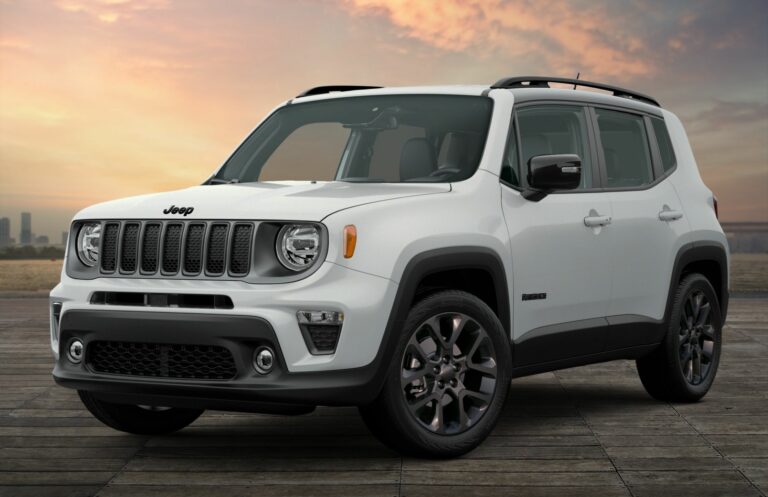Jeep Cherokees For Sale 1990-2001: Your Ultimate Guide to the Iconic XJ
Jeep Cherokees For Sale 1990-2001: Your Ultimate Guide to the Iconic XJ jeeps.truckstrend.com
The Jeep Cherokee XJ, produced from 1984 to 2001, stands as a monumental achievement in automotive history. Far from being just another SUV, the XJ redefined the segment, blending car-like comfort with genuine off-road prowess in a compact, unibody package. For enthusiasts and practical buyers alike, the 1990-2001 model years represent the pinnacle of this iconic vehicle’s evolution, offering a robust, versatile, and increasingly collectible option in the used car market.
This comprehensive guide is designed for anyone considering a 1990-2001 Jeep Cherokee XJ. Whether you’re a first-time buyer seeking a reliable daily driver, an off-road adventurer looking for a capable platform, or a seasoned mechanic eager for a rewarding project, understanding the nuances of these vehicles is key. We’ll delve into what makes them special, what to look for, common challenges, and how to make an informed purchase that brings years of enjoyment.
Jeep Cherokees For Sale 1990-2001: Your Ultimate Guide to the Iconic XJ
I. Why the 1990-2001 Jeep Cherokee XJ Still Reigns Supreme
The enduring appeal of the 1990-2001 Jeep Cherokee XJ isn’t accidental; it’s a testament to brilliant engineering and a timeless design philosophy.
A. Timeless Design and Practicality: The XJ’s boxy, no-nonsense silhouette has aged gracefully, projecting an image of rugged capability without excessive bulk. Its compact footprint makes it surprisingly maneuverable in urban environments, while its spacious interior comfortably accommodates passengers and cargo.
B. The Indomitable 4.0L Inline-Six Engine: Arguably the heart and soul of the XJ, the 4.0-liter "High Output" (HO) inline-six engine (introduced in 1991, replacing the earlier Renix system) is legendary for its reliability and torque. This powerplant is known to run for hundreds of thousands of miles with proper maintenance, offering a robust foundation for daily driving and demanding off-road excursions. Its simple design makes it relatively easy to work on, a boon for DIY mechanics.
C. Robust Drivetrain and Unibody Construction: Unlike many contemporary SUVs built on truck frames, the XJ pioneered the unibody SUV concept, integrating the frame and body into a single, strong structure. This design contributes to a lighter weight, improved handling, and a more comfortable ride. Coupled with solid axles (Dana 30 front, Dana 35 or Chrysler 8.25 rear) and capable transfer cases (NP231 Command-Trac for part-time 4WD or NP242 Selec-Trac for full-time 4WD), the XJ boasts exceptional articulation and traction off-road.
D. Versatility and Aftermarket Support: The XJ’s appeal extends beyond its factory capabilities. It serves equally well as a dependable daily commuter, a weekend warrior on trails, or a blank canvas for extensive modifications. The aftermarket support for the XJ is immense, with a dizzying array of lift kits, armor, drivetrain upgrades, and performance parts readily available, allowing owners to customize their vehicle to their exact needs.

II. Key Years and Powertrains: What to Look For
While all 1990-2001 XJs share the same fundamental DNA, there are subtle but important distinctions across the model years.
A. 1990-1996 Models:
- Engine: 1990 models retained the Renix-era 4.0L engine. From 1991 onwards, all 4.0L engines were the "High Output" (HO) version, boasting improved horsepower and a more robust fuel injection system. The HO is generally preferred for its power and simplicity.
- Interior: These years feature a more angular, classic Jeep interior design.
- Exterior: Characterized by flush-mounted headlights and the earlier body style.
- Rear Axle: Predominantly Dana 35, with some rare Chrysler 8.25 axles appearing in later ’90s models.
![]()
B. 1997-2001 Models (Facelift):
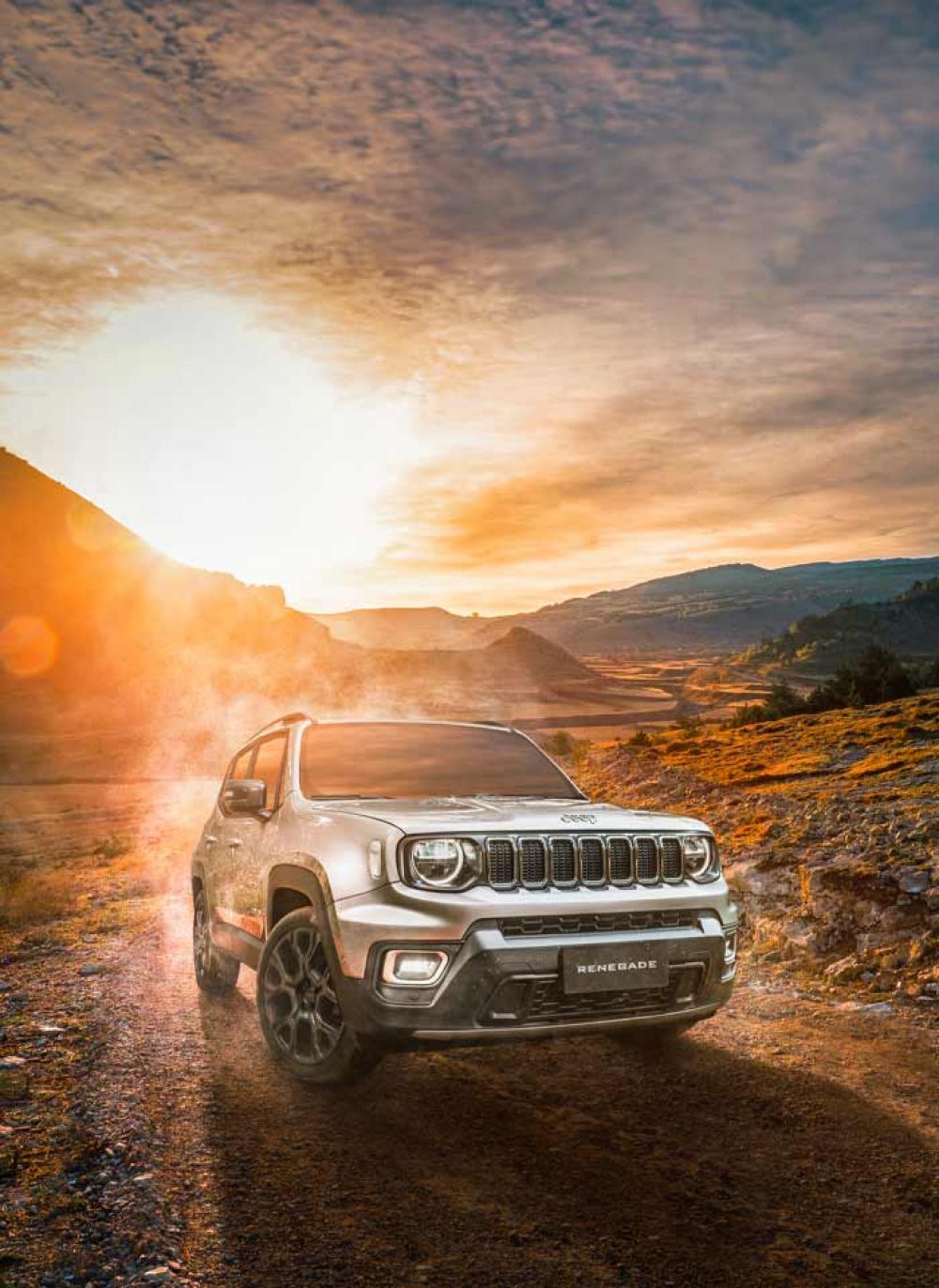
- Exterior: Significant exterior refresh with rounded body lines, new taillights, and a redesigned rear hatch. This gives them a slightly more modern appearance.
- Interior: A completely redesigned interior offers a more ergonomic and modern dashboard, improved HVAC controls, and updated safety features (like dual airbags).
- Chassis: Subtle improvements to chassis rigidity for enhanced safety and reduced NVH (noise, vibration, harshness).
- Rear Axle: The Chrysler 8.25 rear axle became more common in these later years, especially on 4WD models. This axle is significantly stronger than the Dana 35 and highly desirable for off-road use.
- Engine: All models feature the reliable 4.0L HO inline-six.
- Ignition System: In 2000-2001, the XJ transitioned to a coil-on-plug ignition system, eliminating the distributor. While generally reliable, some owners prefer the earlier distributor system for simplicity in troubleshooting.
C. Transmission Options:
- AW4 Automatic: The Aisin-Warner AW4 automatic transmission is renowned for its durability and smooth shifting. It’s an excellent transmission for both daily driving and off-roading.
- AX-15 Manual: The Aisin-Warner AX-15 5-speed manual transmission is also a robust and popular choice, offering more direct control and a different driving experience. Manual XJs are less common but highly sought after by purists.
D. Transfer Cases:
- NP231 Command-Trac: A part-time 4WD system, meaning it should only be engaged on loose or slippery surfaces. It’s simple, strong, and highly capable off-road.
- NP242 Selec-Trac: A full-time 4WD system, allowing the driver to operate in 4WD on pavement, offering enhanced traction in varying conditions. It also has a part-time 4WD mode for serious off-roading.
Recommendation: While all XJs have their merits, the 1997-1999 models are often considered the sweet spot, combining the refined interior and stronger rear axle with the earlier, simpler distributor ignition system. However, a well-maintained XJ from any of these years is a solid choice.
III. The Pre-Purchase Inspection Checklist: Navigating the Used Market
Buying a 20+ year old vehicle requires diligence. A thorough inspection is paramount.
A. Rust is the Enemy: This is the absolute top priority. XJs are prone to rust in specific areas:
- Frame Rails: Especially near the front control arm mounts and the rear leaf spring mounts.
- Floorboards: Check under the carpet for perforations, particularly under the front seats.
- Rocker Panels: Beneath the doors.
- Rear Quarter Panels: Around the wheel wells and behind the rear tires.
- Underbody: Inspect brake lines, fuel lines, and exhaust components for excessive corrosion. Surface rust is common; holes are deal-breakers.
B. Engine Health (4.0L HO):
- Leaks: Check for oil leaks (especially the rear main seal, a common but often minor leak), coolant leaks (hoses, radiator, water pump).
- Sounds: Listen for knocking or ticking. Lifter tick is common and often not serious, but persistent knocking could indicate major issues.
- Oil Pressure: On startup and at operating temperature, ensure oil pressure is healthy (typically 40-60 psi cold, 15-30 psi at hot idle). Low pressure is a red flag.
- Overheating History: Ask if it has ever overheated. Check the coolant for signs of oil or sludge.
C. Transmission and Transfer Case:
- Automatic (AW4): Check fluid color (should be red, not brown or black) and smell (not burnt). Drive it: shifts should be smooth, without flaring or harshness.
- Manual (AX-15): Ensure clutch engages smoothly. Test all gears, including reverse. Listen for grinding.
- Transfer Case (NP231/NP242): Engage 4WD (High and Low range). Listen for grinding or clunking. Ensure the linkage engages properly.
D. Suspension and Steering:
- "Death Wobble": A violent shaking of the front end, typically at highway speeds, caused by worn steering or suspension components (track bar, ball joints, tie rods, control arm bushings). While fixable, it indicates neglect.
- Bushings: Inspect control arm bushings, leaf spring bushings, and sway bar bushings for cracks or deterioration.
- Shocks and Springs: Check for leaks on shocks. Sagging rear leaf springs are common; the rear end should not be noticeably lower than the front.
E. Brakes: Check pad thickness, rotor condition, and brake fluid level. Test the parking brake.
F. Electrical System: Test all lights (headlights, taillights, turn signals, interior lights), power windows, power locks, HVAC fan, radio, and wipers. Faulty wiring or components can be frustrating.
G. Interior Condition: Inspect seats (tears, foam condition), headliner (sagging is common), dashboard (cracks, especially on earlier models), and carpets.
H. Maintenance Records: Always ask for service history. A well-documented vehicle indicates a responsible owner and can save you headaches.
IV. Common Issues and How to Address Them
Even well-maintained XJs can exhibit common quirks. Knowing them helps in diagnosis and negotiation.
- Rust: As mentioned, critical. Prevention (undercoating, rust converters) and repair (patching, cutting out and welding in new metal) are common projects.
- Overheating: The 4.0L runs hot. Common causes include clogged radiators, failing water pumps, faulty thermostats, worn fan clutches, or a weak electric fan. A comprehensive cooling system overhaul (radiator, water pump, thermostat, hoses, fan clutch) is often a wise preventative measure.
- Electrical Gremlins: Often related to poor grounds, especially for the power windows, which are known to fail. Relays, switches, and wiring harnesses can also be culprits.
- "Death Wobble": Usually addressed by replacing worn track bar, tie rods, ball joints, and control arm bushings. Proper alignment is crucial afterward.
- Rear Main Seal (RMS) Leak: The 4.0L is notorious for a minor oil leak from the rear main seal. While it can be annoying, it’s often not severe enough to require immediate attention unless it’s a significant drip.
- Sagging Leaf Springs: Over time, the rear leaf springs flatten, causing the rear end to sag. This is typically fixed with new leaf springs or an "add-a-leaf" kit.
- Clogged Catalytic Converter: Can lead to reduced power and poor fuel economy.
- Crank Position Sensor (CPS) Failure: A common sensor failure that can cause no-start conditions or intermittent stalling. Relatively inexpensive and easy to replace.
V. Ownership Experience and Modification Potential
Owning a 1990-2001 Jeep Cherokee XJ is more than just having a vehicle; it’s joining a community and embracing a lifestyle.
A. Daily Driving: With proper maintenance, an XJ can be a surprisingly reliable and practical daily driver. Its compact size makes it easy to park, and its commanding driving position offers good visibility. Fuel economy is not its strong suit (expect 15-20 MPG combined), but the trade-off is legendary durability.
B. Off-Roading: The XJ is a true off-road legend. Its short wheelbase, excellent approach/departure angles, and solid axles make it incredibly capable on trails, rocks, and mud. For serious off-roaders, it’s a highly desirable platform.
C. Modification Heaven: The XJ’s aftermarket is arguably one of the most extensive for any SUV. Owners can easily add:
- Lift Kits: From mild 2-inch lifts for bigger tires to extreme 6+ inch long-arm kits for serious articulation.
- Larger Tires: Enhances off-road capability and gives a more aggressive stance.
- Armor: Steel bumpers, rock sliders, and skid plates protect vital components.
- Drivetrain Upgrades: Stronger axles, lockers, and gearing for extreme conditions.
- Engine Performance: Headers, exhaust systems, and intake upgrades.
D. Parts Availability and Community Support: Parts for the XJ are incredibly abundant and relatively inexpensive, both new OEM/aftermarket and used. Furthermore, the XJ boasts one of the most passionate and helpful online communities. Forums, Facebook groups, and YouTube channels are treasure troves of information, "how-to" guides, and diagnostic help.
Practical Advice and Actionable Insights
- Set a Realistic Budget: Don’t just budget for the purchase price. Factor in immediate maintenance (fluids, filters, spark plugs) and potential repairs (tires, brakes, suspension components).
- Condition Over Mileage: For an XJ, the overall condition and maintenance history often matter more than the odometer reading. A well-maintained 200,000-mile XJ can be a better buy than a neglected 100,000-mile one.
- Professional Pre-Purchase Inspection: Even if you’re mechanically inclined, have a reputable mechanic (ideally one familiar with Jeeps) perform a pre-purchase inspection. They can spot issues you might miss.
- Test Drive Extensively: Drive it on various roads – city streets, highways, and if possible, some unpaved surfaces. Listen for unusual noises, feel for vibrations, and test all functions.
- Don’t Fear Minor Issues: Many common XJ issues are well-documented and have straightforward, affordable fixes. Use these as negotiation points.
- Consider Insurance and Fuel Costs: These vehicles are older, but depending on your region and driving record, insurance can vary. Be prepared for the 4.0L’s thirst.
Concluding Summary
The 1990-2001 Jeep Cherokee XJ is more than just a used vehicle; it’s an automotive icon that continues to capture the hearts of drivers worldwide. Its unique blend of rugged simplicity, legendary reliability (especially the 4.0L engine), and unparalleled off-road capability in a compact package makes it a compelling choice. While age brings its own set of challenges, a well-chosen and properly maintained XJ offers an incredibly rewarding ownership experience, whether you’re commuting to work, exploring backroads, or tackling serious trails. For those seeking a vehicle with character, capability, and a strong community behind it, the XJ remains an undeniable champion in the used market.
Price Table: Jeep Cherokees For Sale 1990-2001 (Estimated Ranges)
Please note: Prices are highly variable based on geographical location, specific year, mileage, condition, 2WD vs. 4WD, trim level (Sport, Limited, Classic, Country), and modifications. This table provides a general guide in USD.
| Condition Category | Typical Price Range (USD) | Key Characteristics | Pros | Cons |
|---|---|---|---|---|
| Project/Parts Vehicle | $500 – $2,500 | Significant mechanical issues, heavy rust, non-running, or major body damage. Often sold "as-is." | Lowest entry cost, ideal for parts donors or full restorations. | Requires extensive time, money, and mechanical skill for usability. |
| Fair/Driver Quality | $2,500 – $5,500 | Runs and drives, but has noticeable cosmetic flaws, minor mechanical issues, or significant deferred maintenance. | Affordable daily driver potential, good starting point for DIY. | Will require immediate investment for reliability and aesthetics. |
| Good/Solid Condition | $5,500 – $9,000 | Well-maintained, minimal rust, all major systems functional, clean interior and exterior for its age. Stock or mild mods. | Reliable daily driver, good foundation for light off-roading or upgrades. | May still have minor age-related quirks or require preventative maintenance. |
| Excellent/Restored/Modified | $9,000 – $20,000+ | Exceptionally clean, low mileage, meticulously maintained, professional restorations, or highly modified for off-road. | Turn-key reliability, top-tier performance/looks, potentially collectible. | Highest cost, specialized modifications may not suit everyone’s needs. |
Factors Influencing Price:
- Year: 1997-2001 (facelift) often command slightly higher prices due to updated interior and common Chrysler 8.25 rear axle.
- Mileage: Lower mileage generally means higher price, but maintenance history is more crucial.
- 4WD vs. 2WD: 4WD models are significantly more desirable and expensive.
- Transmission: Manual transmissions (AX-15) can sometimes fetch a premium among enthusiasts.
- Trim Level: Limited, Classic, and Country trims often have more features and may be valued higher than basic Sport models.
- Modifications: Well-executed, quality modifications (e.g., proper lift, good tires, armor) can increase value, while poorly done or extreme mods might deter some buyers.
- Documentation: Comprehensive service records add significant value.
Frequently Asked Questions (FAQ)
Q1: Is the Jeep Cherokee XJ (1990-2001) a reliable vehicle?
A1: Yes, particularly the 4.0L inline-six engine is renowned for its reliability and longevity. However, like any 20+ year old vehicle, it requires consistent maintenance and may have age-related issues (e.g., rust, worn suspension components). A well-maintained XJ can easily reach 200,000-300,000 miles or more.
Q2: What’s the best year to buy for a Jeep Cherokee XJ?
A2: Many enthusiasts consider the 1997-1999 models to be the "sweet spot." These years benefit from the updated interior and exterior (post-facelift) and often come with the stronger Chrysler 8.25 rear axle, while retaining the simpler distributor ignition system of earlier models. However, a well-maintained XJ from any year in the 1990-2001 range is a solid choice.
Q3: How much does it cost to maintain a 1990-2001 XJ?
A3: Maintenance costs are generally low due to abundant and affordable parts, and the relative simplicity of the vehicle for DIY repairs. However, expect to spend money on routine wear items (brakes, tires, fluids) and potentially address common age-related issues like rust, worn suspension bushings, or cooling system components. Budgeting an initial $500-$1500 for immediate maintenance and potential repairs after purchase is wise.
Q4: Can a Jeep Cherokee XJ be a daily driver?
A4: Absolutely. Many XJ owners use their vehicles as reliable daily drivers. They are comfortable enough for commutes, offer good visibility, and are surprisingly maneuverable. Be aware that fuel economy (typically 15-20 MPG) is not its strong suit compared to modern vehicles.
Q5: What is "Death Wobble" and how do I fix it?
A5: "Death Wobble" is a violent, uncontrolled shaking of the front end, usually occurring at highway speeds after hitting a bump. It’s caused by worn or loose components in the steering and front suspension system, most commonly the track bar, ball joints, tie rods, or control arm bushings. It’s a common issue but entirely fixable by diagnosing and replacing the worn parts.
Q6: Is the 4.0L engine truly "bulletproof"?
A6: While incredibly robust and long-lived, no engine is truly "bulletproof." The 4.0L is prone to minor oil leaks (especially the rear main seal), can run hot if the cooling system isn’t maintained, and some later models (2000-2001) had issues with cylinder head cracking (0331 casting) if severely overheated. With proper maintenance, however, it is one of the most reliable engines ever made.
Q7: Where can I find parts for a 1990-2001 Jeep Cherokee?
A7: Parts availability is excellent. You can find new OEM and aftermarket parts at most auto parts stores (AutoZone, O’Reilly, Advance Auto Parts), online retailers (Amazon, RockAuto, Quadratec, Morris 4×4 Center), and specialty Jeep shops. Used parts are also readily available from salvage yards and online marketplaces.
Q8: Should I buy a 2WD or 4WD Cherokee XJ?
A8: Unless you live in a region with no snow or plan absolutely no off-road driving, the 4WD models (especially with the NP242 Selec-Trac transfer case for full-time 4WD capability) are generally more desirable and hold their value better. 2WD models are less common and typically cheaper, but significantly limit the XJ’s famous capability.

